- Get link
- X
- Other Apps
There are three main ways the plastic we use every day ends up in the oceans. Of that mass 269000 tons float on the surface while some four billion plastic microfibers per square kilometer litter the deep sea.
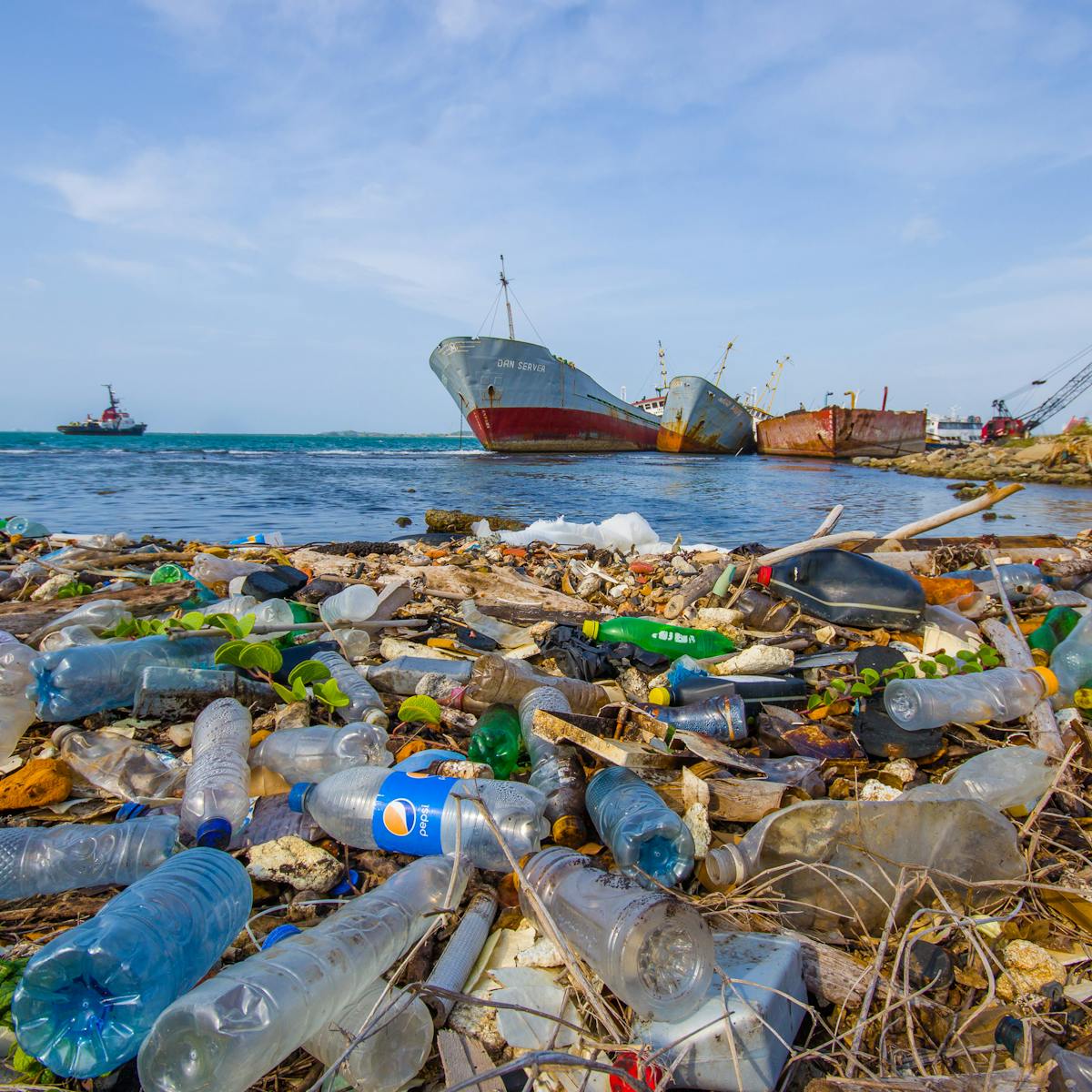 The Ocean Is Swimming In Plastic And It S Getting Worse We Need Connected Global Policies Now
The Ocean Is Swimming In Plastic And It S Getting Worse We Need Connected Global Policies Now
Plastic waste is increasingly polluting the oceans and according to one estimation by 2050 the oceans could contain more plastic than fish by weight.
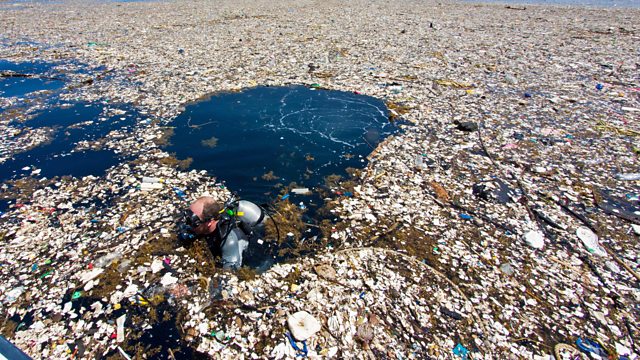
Plastic in the sea. Scientists led by the GEOMAR Helmholtz Centre for Ocean Research Kiel have now for the first time examined plastic. Land-based sources include coastal litter. Bits of plastic have been found in every corner of the world including the deepest ocean trenches and on uninhabited islands.
Of the diverse forms of anthropogenic pollution the release of plastic into nature and particularly the oceans is one of the most recent and visible effects The authors cite multiple studies. It can even be mistaken for food. Every day around 8 million pieces of plastic makes their way into our oceans.
Christo There could be 144 million tonnes of microplastics at the bottom of the sea new research says. Even in the most remote regions of the oceans plastic debris can be found. Microplastics have been found on the seabed and in Arctic sea ice.
But usually it is impossible to determine how long they have been lying on the seabed. Both pose a threat to marine life. These can contribute to marine debris once items are washed into watercourses or once waste water is discharged out to sea.
They can come from a variety of land and ocean-based sources. Thats 50000 double-decker buses worth of plastic every year. Plastic in the oceans not only harms the inhabitants of the sea on an individual level through entanglement or ingestion but also represents a major threat to entire ecosystems.
Mistaking the plastic for prey seabirds whales fishes and turtles have come to ingest millions of pieces of plastic over the years. 11 June 2020 Kiel. As much as 80 percent of all litter in our oceans is made of plastic.
Between 48 and 127 million tonnes of plastic enter the ocean each year according to figures published in the journal Science in 2015. Our own researchers have found plastic pollution in Antarctica. According to a report presented at the 2017 United Nations Marine Conference as many as 51 trillion microplastic particles 500 times more than the stars in our galaxy litter our oceans and seas seriously threatening marine wildlife.
Species are now traveling on plastic over far wider distances than they could have ever while there were only natural materials in the ocean. At sea the loss or discarding of fishing. In 2019 researchers found fibres and microplastics on eight Spanish beaches that have special protection status under the EU Habitats Directive and Birds Directive.
Once in the water plastic debris never fully biodegrades. Plastics is one of the seven areas considered as crucial by the European Commission to achieving a circular economy in the EU by 2050. The United Nations Environment Program UNEP warns that the oceans receive about 13 million tonnes of plastic each year the equivalent of tipping one dustbin lorry into the ocean every minute.
Yellow text in the above graphic shows sources of plastic that eventually end up in the ocean. When rubbish is being transported to landfill plastic is often blown away because its so lightweight. Plastic is the most common element that is found in the ocean.
Of those 236000 tons are microplastics 2 tiny pieces of broken-down plastic smaller than your little fingernail. The results of todays single-use throw-away plastic culture can be seen on sea shores and in oceans everywhere. Plastic you put in the bin ends up in landfill.
Plastics are the most common form of marine debris. Plastic affects ocean ecosystems in many ways but the most disturbing sights of this stem from ingestion suffocation and animals becoming entangled on these pieces of plastic. Enter the water in many ways.
Around 20 of plastic in the ocean comes from human activities at sea mostly fishing. Plastic threatens the existence of life underwater right from smaller fishes to huge mammals and amphibians in several ways. From there it can eventually clutter around drains and enter rivers and the sea this way.
Many marine species are coming close to becoming endangered due to plastic. Plastics which reach the sea can be categorised according to whether they have a land- or sea-based origin. Waste water and storm water discharge.
There is now 525 trillion macro and micro pieces of plastic in our ocean 46000 pieces in every square mile of ocean weighing up to 269000 tonnes. In 2019 a Greenpeace report found that each year 640000 tonnes of ghost gear abandoned lost or discarded fishing equipment enters the ocean and is left there. Over one million seabirds are killed by ocean pollution each year.
Reports say that around one million seabirds and 100000 marine mammals are killed. Throwing plastic in the bin when it could be recycled. It disrupts the entire bio-geo cycle causing unwanted problems to the whole marine eco-system.
Ocean plastic is a major environmental and ecological problem. The findings show theres more than twice the amount of plastic on the seabed than on the waters surface. About 8 million metric tons of plastic are thrown into the ocean annually 1.
It is harmful for the environment as it does not get break down easily and is often considered as food by marine animals. 1 Shoppers worldwide are using approximately 500 billion single-use plastic bags per year. They are now able to settle down in another ecosystem and threaten its balance.
There are five massive patches of plastic in the oceans around the world. They are in rivers and lakes on top of mountains in desert sand dunes and maybe even in the food chain. Turtles dolphins and seabirds can become entangled or injured by large pieces of plastic.
And impact the ocean and Great Lakes. Up to now this has also hampered any attempt to estimate how long plastic degradation might take. Plastic can enter the ocean as large identifiable items or as microplastics - pieces under five millimetres in length.
Garbage in the ocean namely plastic jeopardises the natural ambience of marine life. Orange text shows ways that these plastics move into the ocean. It is now believed that there are 525 trillion pieces of plastic debris in the ocean.
 How Does Plastic Get Into The Sea And How To Avoid It Iberdrola
How Does Plastic Get Into The Sea And How To Avoid It Iberdrola
 What About Plastics In The Oceans 21 By Shippr Medium
What About Plastics In The Oceans 21 By Shippr Medium
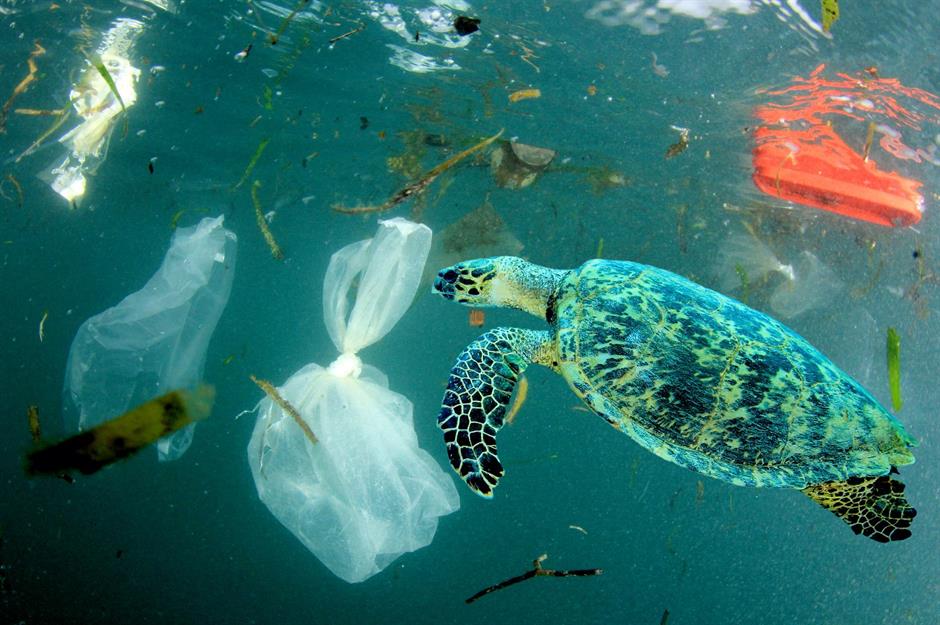 These Images Show The True Impact Of Plastics On Our Oceans Loveexploring Com
These Images Show The True Impact Of Plastics On Our Oceans Loveexploring Com
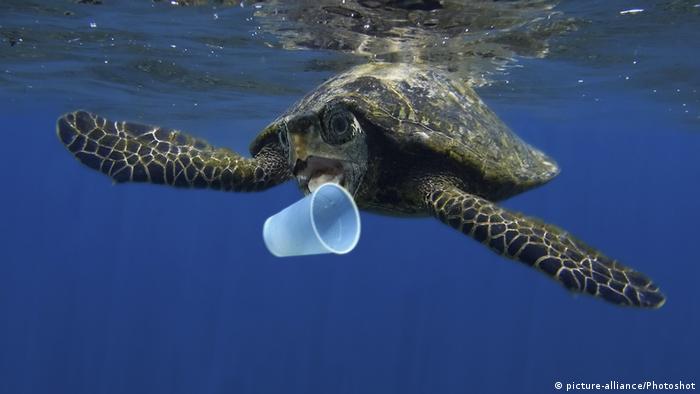 Whose Fault Is Plastic Waste In The Ocean Environment All Topics From Climate Change To Conservation Dw 31 07 2019
Whose Fault Is Plastic Waste In The Ocean Environment All Topics From Climate Change To Conservation Dw 31 07 2019
 Ocean Plastic Predicted To Triple Within A Decade Egypt Independent
Ocean Plastic Predicted To Triple Within A Decade Egypt Independent
 Plastic In The Ocean The Facts Effects And New Eu Rules News European Parliament
Plastic In The Ocean The Facts Effects And New Eu Rules News European Parliament
 Engulfed In Plastic Life Is At Risk In The Planet S Oceans
Engulfed In Plastic Life Is At Risk In The Planet S Oceans
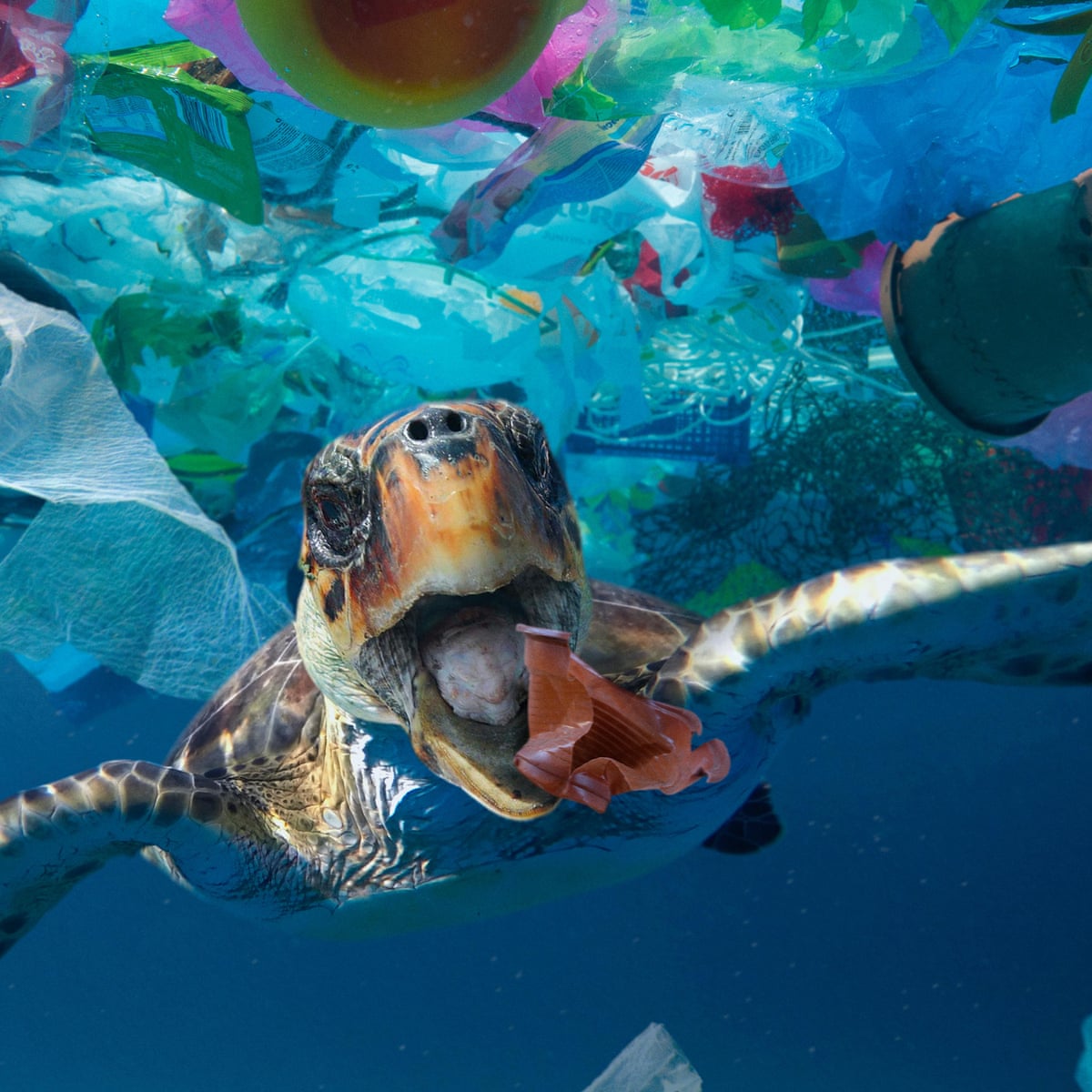 More Than 14m Tonnes Of Plastic Believed To Be At The Bottom Of The Ocean Environment The Guardian
More Than 14m Tonnes Of Plastic Believed To Be At The Bottom Of The Ocean Environment The Guardian
 Plastic Oceans Meps Back Eu Ban On Polluting Throwaway Plastics By 2021 Aktuelles Europaisches Parlament
Plastic Oceans Meps Back Eu Ban On Polluting Throwaway Plastics By 2021 Aktuelles Europaisches Parlament
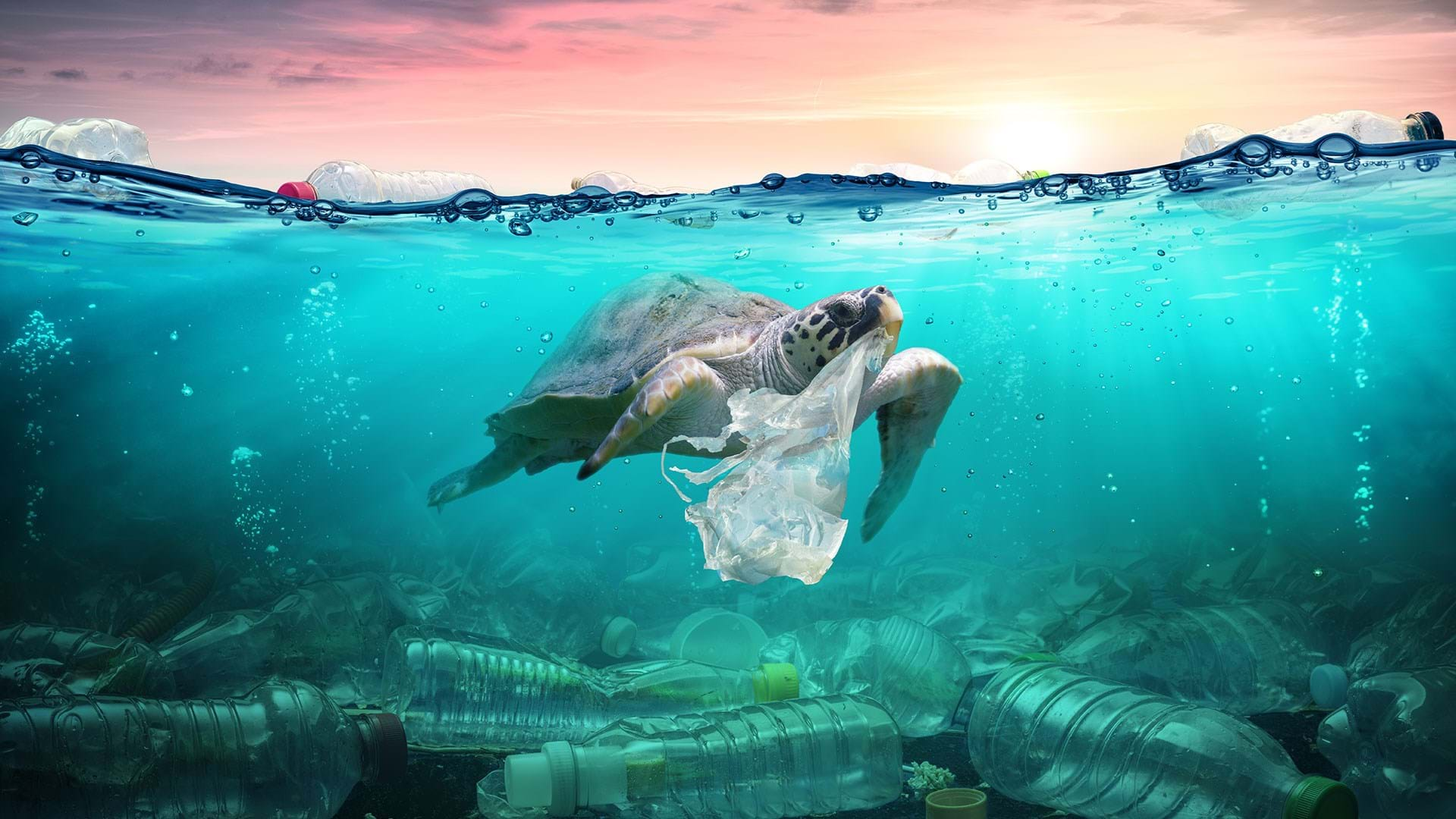 100 Plastic In The Ocean Statistics Facts 2020 2021
100 Plastic In The Ocean Statistics Facts 2020 2021
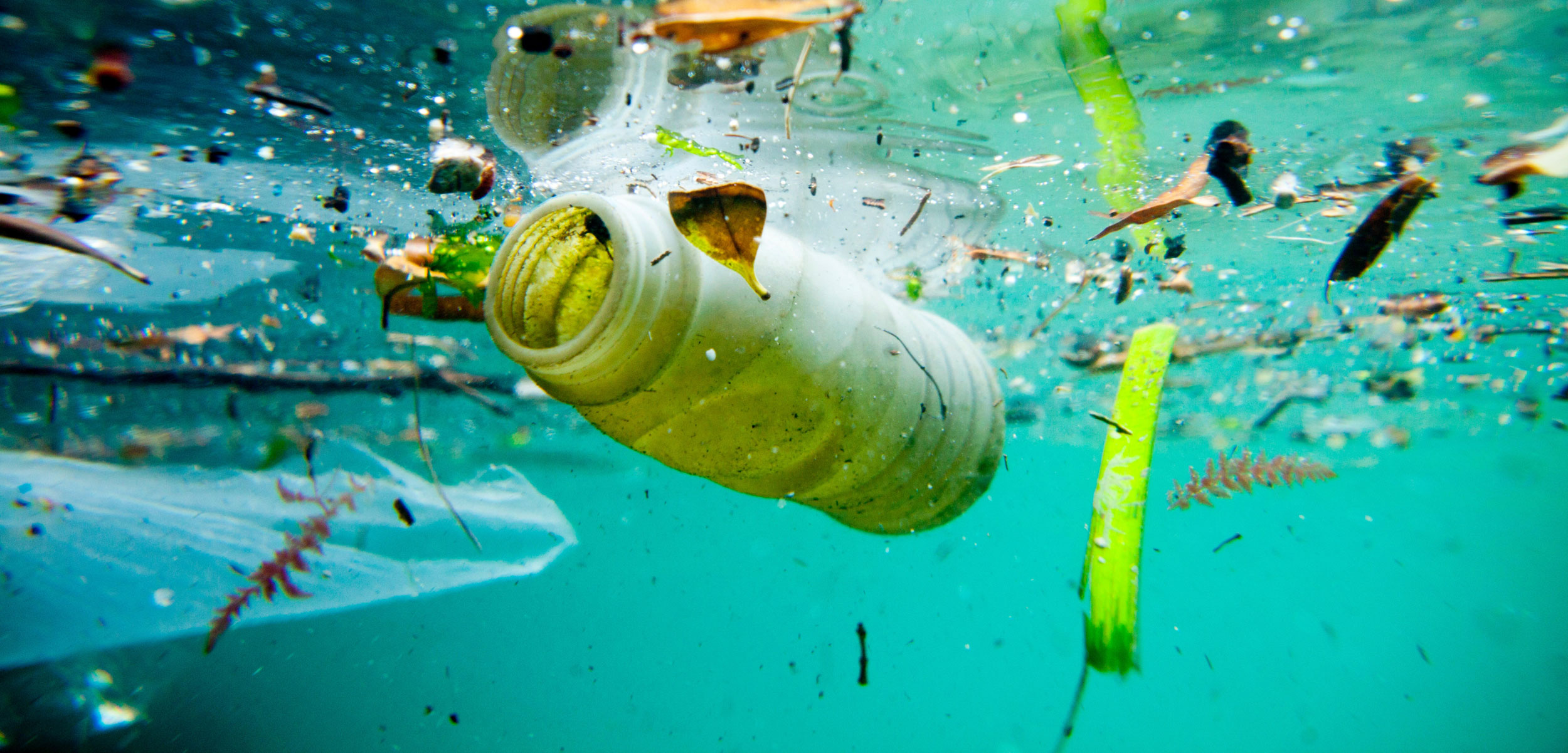 How Enough Floating Plastic Could Change The Sea Hakai Magazine
How Enough Floating Plastic Could Change The Sea Hakai Magazine
 Surface Clean Up Technology Won T Solve Ocean Plastic Problem According To Study
Surface Clean Up Technology Won T Solve Ocean Plastic Problem According To Study
 Surface Clean Up Technology Won T Solve Ocean Plastic Problem According To Study
Surface Clean Up Technology Won T Solve Ocean Plastic Problem According To Study
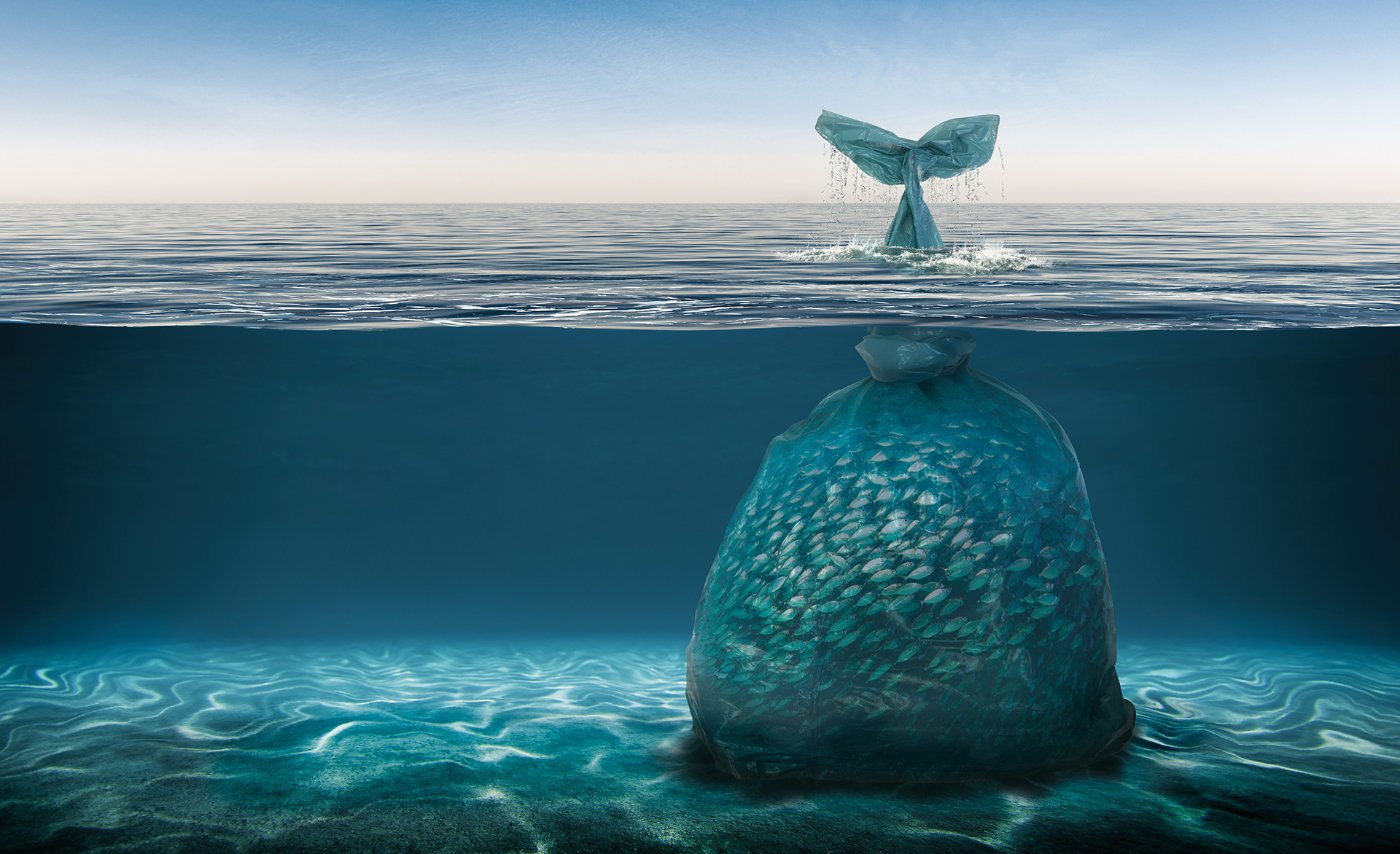
Comments
Post a Comment